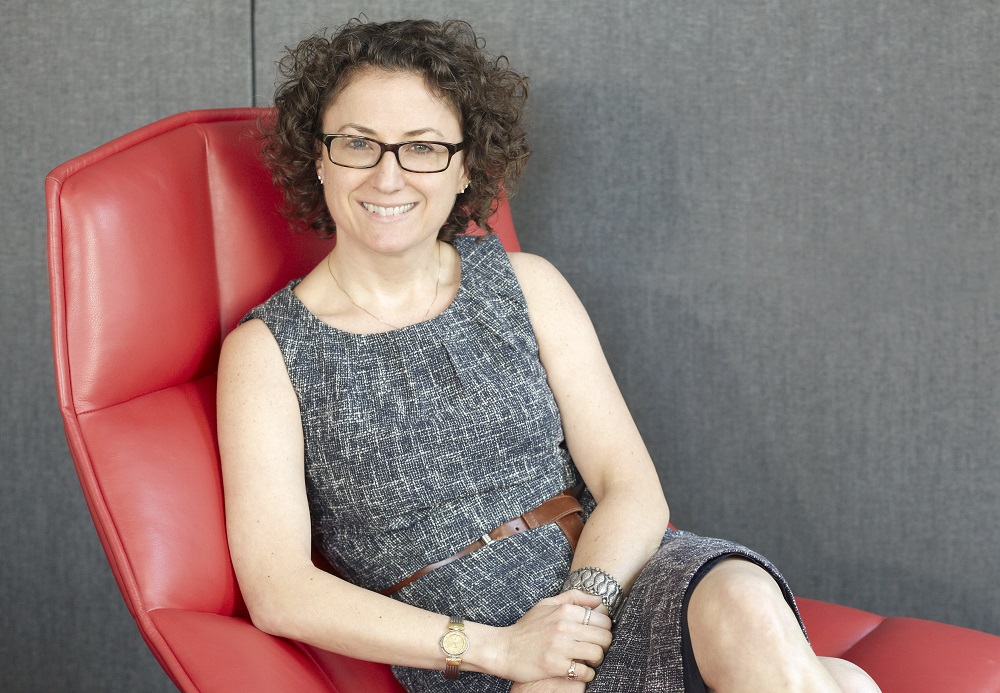I was in Austin, Texas, with my daughter over the weekend visiting family, and part of our trip always involves shopping “off road.” For some reason, Texas has amazing junk, and it generally ends up in stores like “Austin Antique Mall” or “Antique Mall of Austin, Texas.” I always enjoy the treasures I find there, and my sister-in-law always marvels in my ability to get them all home in my suitcase.
On a previous visit, back in February, we had been wandering in Bastrop, Texas – a tiny little town about 40 minutes outside Austin – and I came upon a lovely cobalt blue stein in the window of a small antique shop on the main street. It definitely looked vintage, but the shopkeeper didn’t know anything about the piece. As a result, she was selling it for $7. Now, I ask you, who can pass up a pudgy little cobalt blue stein with a reindeer on it? Certainly not me. Once back to my sister-in-law’s house with my new acquisition, I went about trying to learn more about it.
The only markings I could find on it were what looked like an old-fashioned “7” (the kind with the strike through it), and a “39” with a wide “V” underneath. I passed it to my sister-in-law to examine, and she managed to discern, using what seemed like bionic vision, an inscribed moniker: “_ohr.” We started going through the alphabet and settled upon “Kohr” (like the custard down the Jersey Shore) or “Bohr” (as in Neils Bohr) to begin the search. We felt we were on to something.
Then I had a flash of brilliance: I recalled reading about apps that facilitate searches by utilizing photographs – kind of like facial recognition – so I Googled “image search apps,” and came up with CamFind, whose tag line is “Search the physical world.” The app allows you to either upload a photo or take one of an object within the app. It then launches a search across the Internet. Out of the results, it actually turned up information about a German manufacturer called Bohr, and images of steins that looked like relatives of my pudgy little cobalt blue one.
Since Google is at the fingertips of all mankind, I felt I should call the shopkeeper back in her little store in Bastrop and tell her she should download the CamFind app, or any other object search app. I didn’t, but perhaps an app like this could help improve the business, since the shop’s basis of pricing is centered on the history the retailer can share about each object. In the antique business, it’s all about the history of the objects that validates their worth. If the shop had been able to impart even a little bit more about the item, it could have charged two to three times what it did, and I probably would have paid it (with some minimal haggling).
Retailers need to understand that customers are two steps ahead when it comes to gathering research. According to a PricewaterhouseCoopers global survey, released in March 2015, 68 percent of customers polled are browsing product information in store, but later buy online. Inversely, 70 percent of customers polled researched products online, but then purchased in store. The good news here is that, in mature economies, the polls indicated customers are more inclined to purchase in store than on mobile devices.
Advertisement
The opposite is true, however, in developing economies with limited access to international retailers and major brands. So while results varied by product category, the numbers seemed to support that pre-purchase online research was fundamental with to up to 75 percent of the consumers polled, and an average of 65 percent of total purchases are still occurring in store.
The PwC research strongly supports that retailers must exert themselves and utilize every tool available to enhance object storytelling, satisfying customers’ thirst for information, and ultimately, an informed understanding of the item’s value. The retailer that fails to accomplish this will never yield full potential.
Kathleen Jordan, AIA, CID, LEED AP, is a principal in Gensler’s New York office, and a leader of its retail practice with over 24 years of experience across the United States and internationally. Jordan has led a broad range of retail design projects as both an outside consultant and as an in-house designer. She has led projects from merchandising and design development all the way through construction documentation and administration, and many of her projects have earned national and international design awards. Contact her at kathleen_jordan@gensler.com.


 Photo Gallery1 week ago
Photo Gallery1 week ago
 Headlines4 days ago
Headlines4 days ago
 Headlines1 week ago
Headlines1 week ago
 Headlines2 weeks ago
Headlines2 weeks ago
 Headlines1 week ago
Headlines1 week ago
 Designer Dozen1 week ago
Designer Dozen1 week ago
 Headlines1 week ago
Headlines1 week ago
 Headlines1 week ago
Headlines1 week ago















